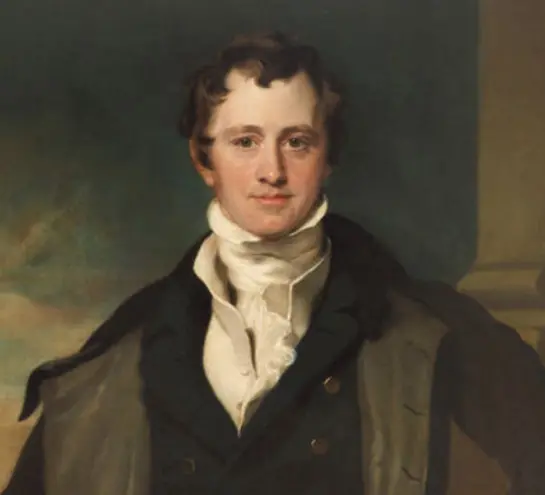Biography
Ri positions
Director of the Laboratory 1801–1825
Professor of Chemistry 1802–1812
Honorary Professor 1813–1823
Born in Penzance, Sir Humphry Davy attended Truro Grammar School before returning to Penzance as an apothecary's apprentice. In 1798 he moved to Bristol to work at Thomas Beddoes's Pneumatic Institution where he discovered the physiological effects of nitrous oxide (laughing) gas. In Bristol he met and became friends with Robert Southey and Samuel Taylor Coleridge at whose instigation he edited the 2nd edition of William Wordsworth's Lyrical Ballads.
In 1802 he became professor of chemistry at the Ri. He went on to establish the Ri's reputation for excellent lectures, and also for scientific research. He used the new electric battery to isolate sodium and potassium and formulated a coherent theory of electro-chemical action while he was at the Ri. He left in 1812 following marriage to Jane Apreece, a wealthy heiress.
He toured the Continent between 1813 and 1815 (taking Michael Faraday along as his assistant) and on his return to England invented a form of the miners' safety lamp. In the 1820s he advised the Admiralty on protection of ship's bottoms and on improving optical glass. He was made President of the Royal Society, but was not a success and after resigning due to ill health he again toured the Continent, dying in Geneva.
